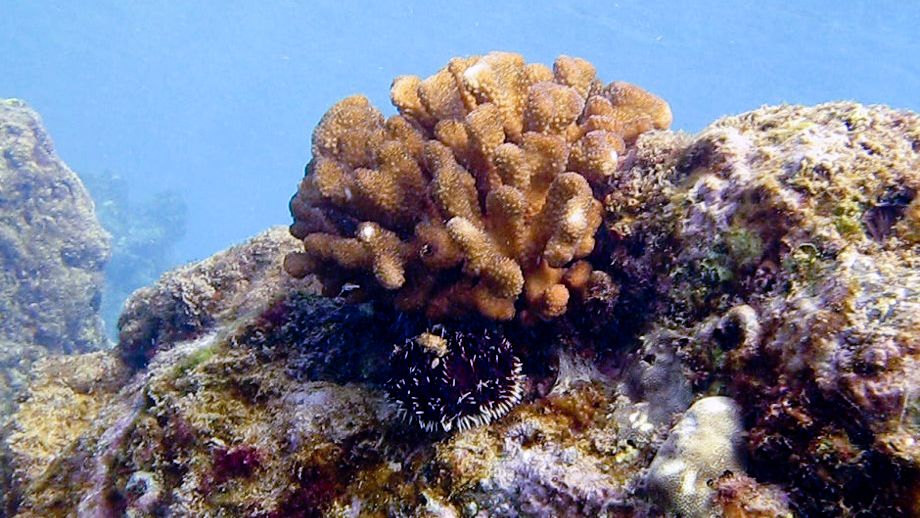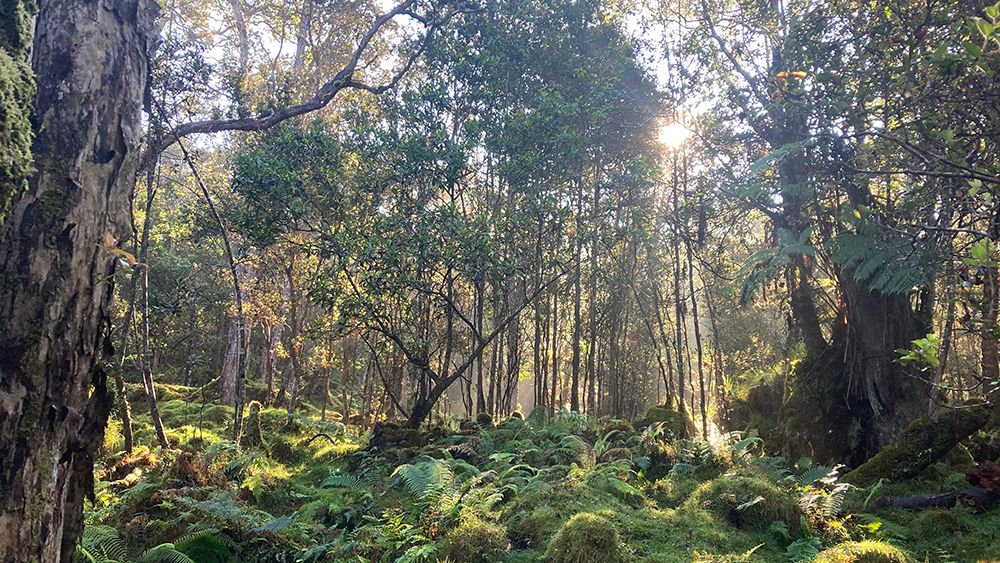KAILUA-KONA, Hawaii — During specific moon and tidal cycles in the spring, coral across the state spawn, releasing eggs into surrounding waters hoping to begin new coral colonies. As a result, state agencies will close the parking area at the Waialea Bay Marine Life Conservation District during the mornings of May 17, 18 and 19, providing rest periods which will allow the coral to spawn and settle back down.
Marine life conservation districts have been designated to protect and perpetuate the rich abundance of aquatic life that call the areas home, and enjoy the highest levels of protection. The 35-acre Waialea Bay, also known as “Beach 69,” is one of 11 MLCDs in the state.
The Department of Land and Natural Resources Division of State Parks is assisting biologists and technicians with the DLNR Division of Aquatic Resources in requesting visitors to stay out of the water during this spawning time.
“Our reefs have been damaged in the past few years and since corals are slow-growing animals, recovery takes time,” said Nathan Hayes, DAR lead coral monitoring technician, according to a news release. “One of the best ways everyone can help is to be mindful of our land and ocean activities during times of coral spawning."
“Only a small percentage of the gametes from these spawning events survive to begin new coral colonies,” Hayes added. “We want to give them every opportunity to grow into their next phase of life in the open ocean and to begin recruiting more corals.”
Kahaluu Bay has had similar closures within the last two years and will close May 16-21 for its coral spawning period.
Christopher Teague, a DAR aquatic biologist, explained that keeping swimmers and snorkelers out of the water during coral spawning limits environmental stressors such as sunscreens, personal care products and other chemicals.
“Corals are easily disturbed by people in the water during these critical morning windows and research has shown the chemicals on our skin, and even in our bodies, may interact with and impact fragile coral larvae,” according to Teague.
DAR Administrator Brian Neilson stated, “We want to give corals every chance possible to reproduce. Cauliflower corals were especially hard hit in 2015 and 2019 when elevated ocean temperatures led to mass bleaching events.” He said that with all the environmental stressors our reefs face, he encourages ocean users to bear with the inconvenience during spawning.
Waialea Bay MLCD parking will reopen at noon on May 17, 18 and 19. It can take up to 24 hours for corals to successfully reproduce and up to a week or more for new larvae to settle back onto reefs, so biologists hope visitors will delay ocean activities for at least an extra day.
Sarah Yamanaka is a digital journalist for Spectrum News Hawaii. Read more of her stories here.





